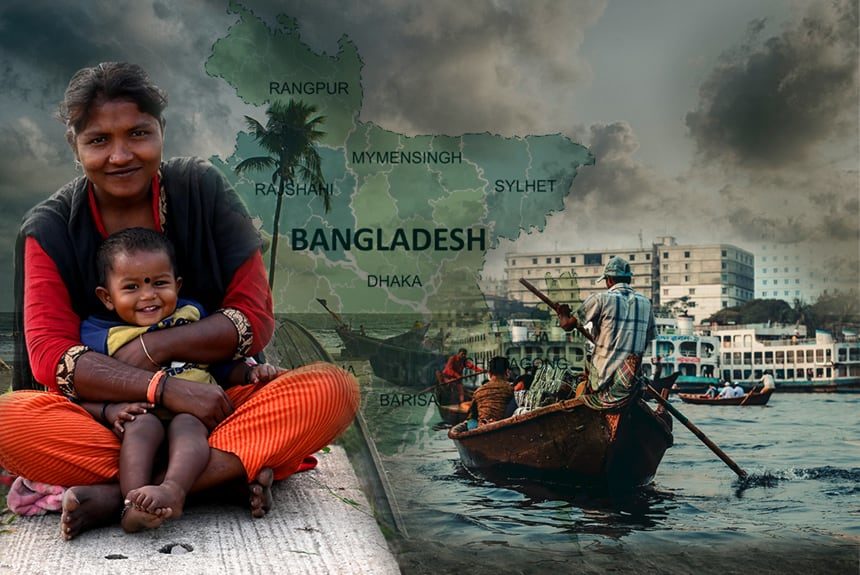A study published in ScienceDirect investigated the factors that influence refuge-seeking and evacuating behaviours of people in Bangladesh during major cyclones.
According to the study, Bangladesh is the most climate-vulnerable country and is heavily exposed to natural hazards, particularly its low-lying areas along the Bay of Bengal.
Cyclones are considered the most destructive and costly natural events in Bangladesh. Based on the data from major cyclones that hit the country from 1970 to 2007, the nation’s number of fatalities has decreased at a rate of 2.5% per year.
Cyclone Bhola in 1970 registered the highest death toll number at 500,000, followed by Cyclone Gorky in 1991 with 138,882 deaths; Cyclone Sidr in 2007 at 3,363 deaths; Cyclone Aila in 2009 at 190 deaths; and Cyclone Amphan in 2020 at 22 deaths.
An important climate mitigating measure to counter the impacts of cyclones is temporary evacuation shelters to house vulnerable populations after a warning has been issued. But the effectiveness of these evacuation measures also depends on the people’s ‘protective actions and hazard decision making during disasters.’
Do Bangladeshi’s follow the government’s warning and orders to move to these shelters or do they stay in their houses to protect their assets? Do Bangladeshi’s trust these shelters to protect them, or do they believe it has the equipment and supplies they need to keep them safe?
Excerpts from the study say:
- This paper provides an assessment of the factors associated with evacuation to cyclone shelters in coastal areas in Bangladesh over the past 30 years. It is based on the comparative study of Cyclone Amphan (2020) and three major historical cyclones: Gorky (1991), Sidr (2007) and Aila (2009).
- While substantial improvements in the disaster response infrastructure were made in the last three decades, shelter evacuation rates are still low. It was found that the majority of people are still taking a ‘wait-and-see’ approach mainly due to the fear of losing property. It was found that partial evacuation, observing environmental cues prior to evacuation and seeking refuge in neighbours’ houses, is indirectly associated with the fear of losing property. There is also inadequate spatial distribution of cyclone shelters with minimal facilities.
- This study provides recommendations to intensify risk-based planning for cyclone shelters and gender-responsive efforts to ensure a safe environment for the community to seek refuge at shelters with proper planning at the community level.
To read the entire study, click the link below:
Source Citation:
Hadi, T., Islam, M.S., Richter, D., & Fakhruddin, B. (2021, October). Seeking Shelter: The factors that influence refuge since Cyclone Gorky in the Coastal Area of Bangladesh. Progress in Disaster Science, Volume 11, 2021, 100179, ISSN 2590-0617, https://doi.org/10.1016/j.pdisas.2021.100179.



Leave a Reply